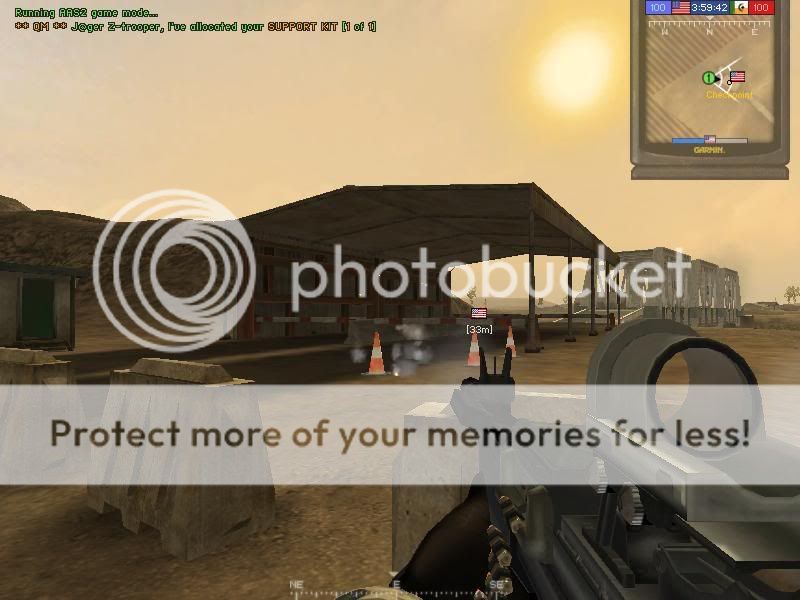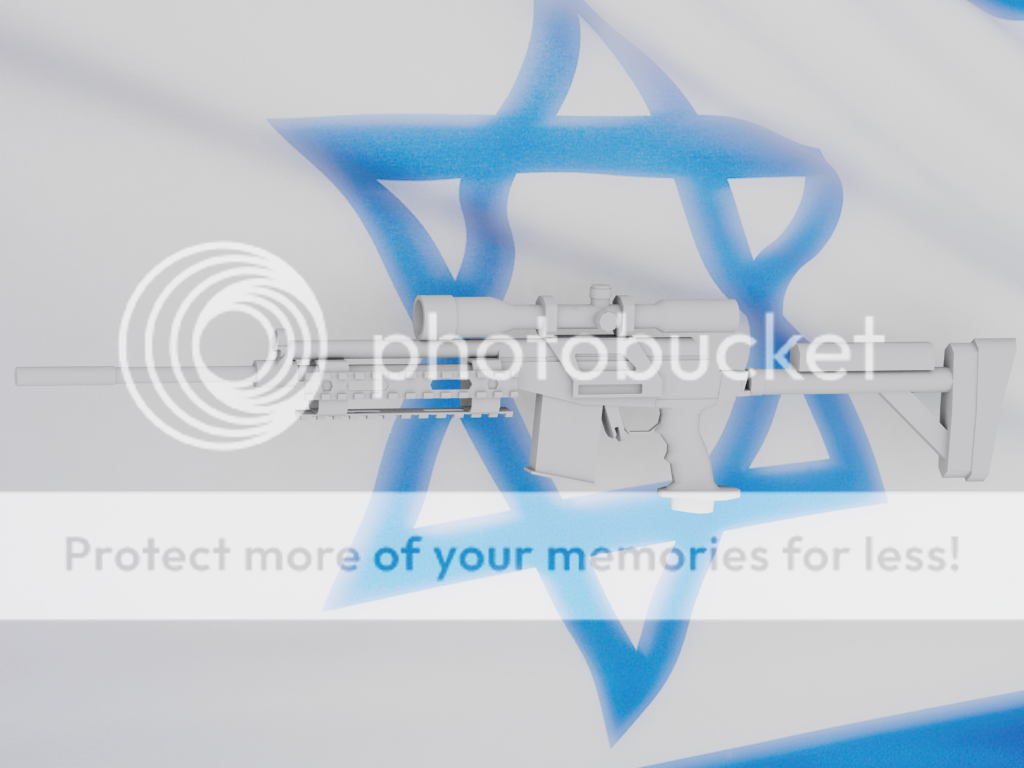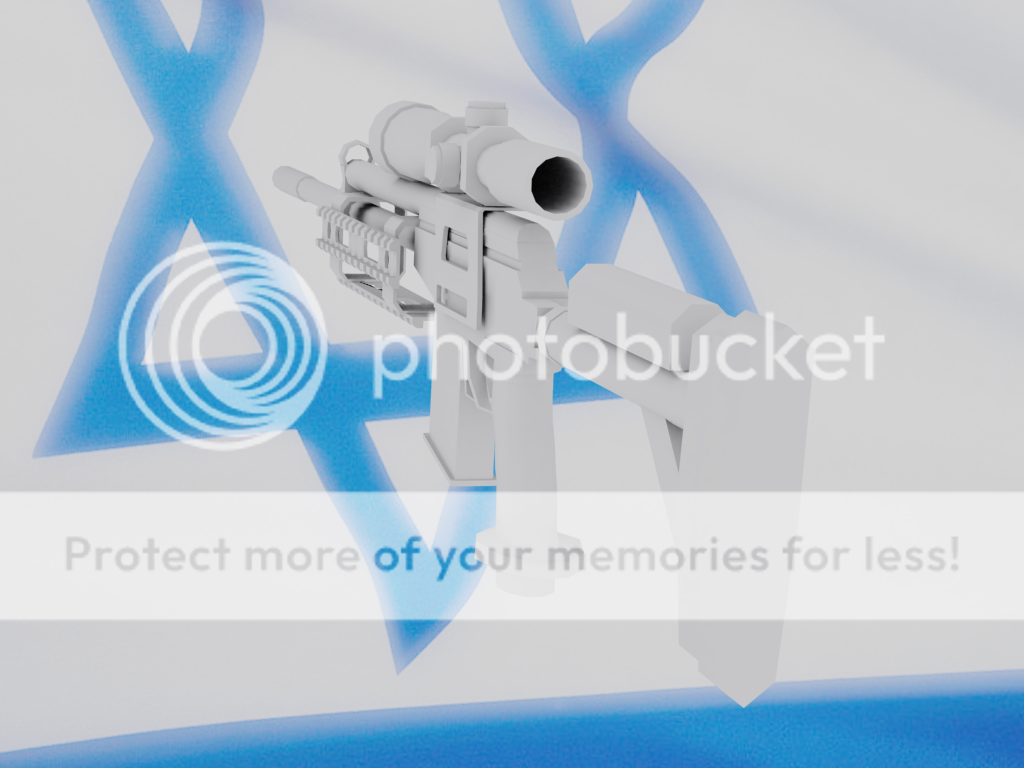Sry, I didn't in any way mean to devalue your art. And your models are fantastic - would like to see some texturing when/if you have it done.Z-trooper wrote:
The 3500 was the highest level of detail model for this weapon, the rest of the models (for different graphic settings/views) is pretty much made using the "optimize" modifyer, with some manual tweaks of cause.Scorpion0x17 wrote:
Also, it's a good idea as to model in as high a poly-count as you, as a 3d-modeller, can handle. The lower-poly models can generally be automatically generated with a little extra tweakage here and there, and the high-poly models can be used to generate extra detail (such as shading/dirt/etc) on textures.Z-trooper wrote:
no I'm not. Actually all of the models I have displayed here can be used in the bf2 engine. for instance the LMG, is about 3500 triangles, and the top recommended level of detail is 4000 tris. And this one even as a reflex sight.
The 3500 is only for those that use "high" settings, there will be two more models of lower level of detail for "medium" and "low". but thats not pretty to show off at all.
A good texture job can help a "low" poly model along quite good. So can some good bump mapping. The base model's bullets + casing is 4 sided (a box turned on its side), so is the bullets on the SAW from vBF2, but with a good skin job, this is not that noticable - unless you intentionally look for it which most players dont, they actually focus on whats infront of their weapon and not the weapon itself. If you look good enough at any model from most games out there is very possible to spot flat surfaces and stuff like that, the "art" if you will, is to hide this as best as possible and always be creative of finding solutions that can make you do less actual modeling (not that we are lazy at all!) Its actually quite hard to keep it down and still have the most detail as possible in it, and still make the game run smooth in 64 player maps.
Would you mind me asking what your 'process' is? Do you trace the outlines of in-editor pics? Use reference measurements? Or totally 'hand-model'?
Are you familiar with shaders? And procedural texturing? Played/seen Doom3?
With really high poly models (i.e. go as high as you can comfortably work with) model you can use the geometry of the model itself to direct shader'd procedural texture overlays - adding random scratching to most exposed/vulnerable areas, grime deep in tight angles/narrow grooves, etc, etc...
It's the sort of thing that lifts in-game graphics from 'good enough' to 'outstanding' - and, as you imply, is the kind of thing that most players wouldn't even notice - but it's the kind of thing a graphics-whore like myself looks for first.













